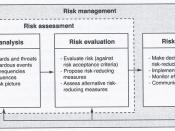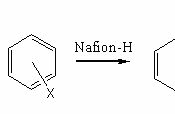Running head: INDIVIDUAL EXERCISES � PAGE �1� INDIVIDUAL EXERCISES � PAGE �5�
Week 3 Individual Exercises
Chapter 10: Questions 1, 7, 8, and 19
Yes, George is correct in his understanding of current liabilities. Current Liabilities are obligations that are due within a year is known as current liability and are usually settled with cash or other assets.
A) Long term liabilities are those that are to be paid off after 12 months. Examples are:
1-Notes Payable
2- Bonds
B) Bonds are a form of interest-bearing notes payable issued by a company, university, or government entity.
A) Secure bond promise assets as collateral, and unsecured bonds are issued against the borrower's general credit.
B) Convertible bonds allow bondholders to convert their bonds into common stock at their discretion, and callable bonds can be redeemed by the issuer at a stated dollar amount prior to maturity.
19. No, Valentin Zukovsky is not correct in his understanding of liquidity and solvency.
Liquidity ratios are used to determine the measurement of a company's short-term ability to pay its current obligations and meet unexpected needs for cash. Solvency ratios measure the company's ability to survive over a long period of time.
Chapter 10: Brief Exercise: BE10-1
A note payable for $100,000 due in 2 years should be classified as a long-term liability, not a current liability because it is not due within 12 months.
Although the mortgage is a 10-year payable note, the entire mortgage is not a long-term liability. The $20,000 of the mortgage is a current maturity of the long-term debt making that portion a current liability since it is due within 12 months.
Interest payable of $15,000 on the mortgage is a current liability since it will be paid within 12 months from current assets.
Accounts payable of $60,000 is...


